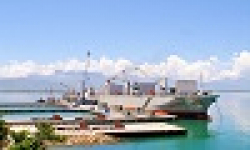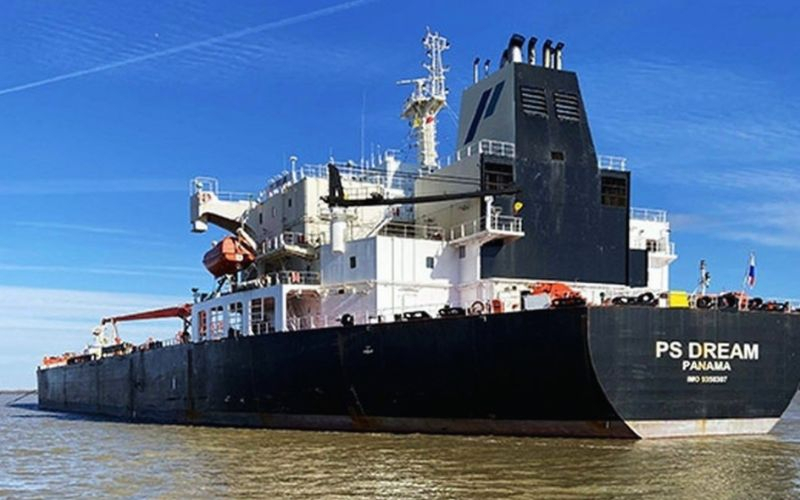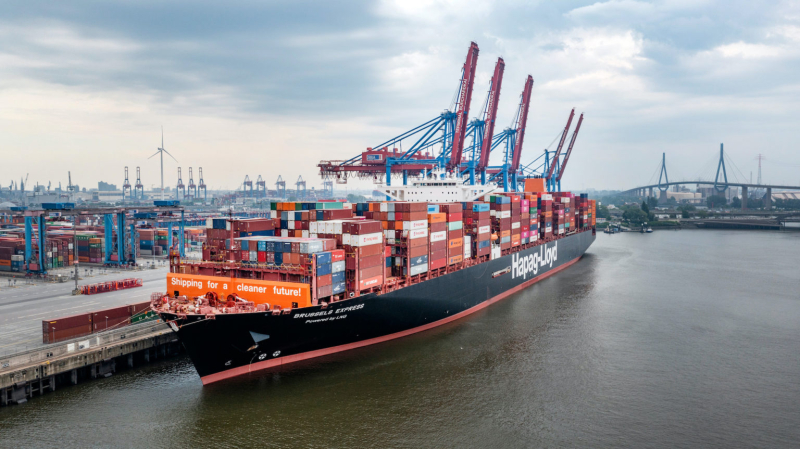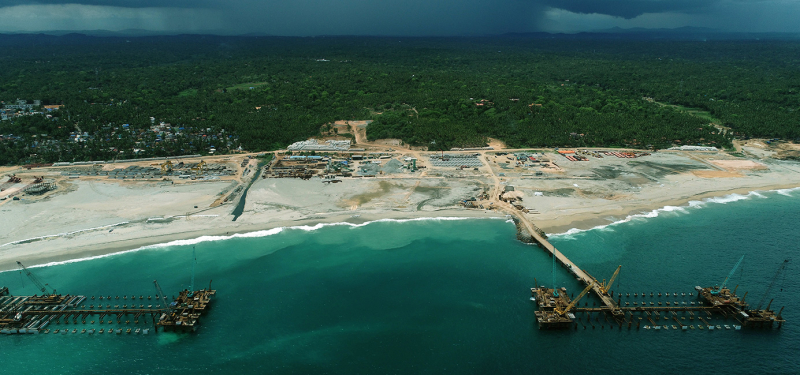Japan's shipbuilding revival aims to strengthen its position in the global maritime industry against rivals like Korea.
Japan has initiated a revival of its shipbuilding industry through the establishment of a national shipyard and the merging of its top two shipbuilding corporations. With the ongoing competition with the world’s top shipbuilders, China and Korea, analyses suggest that formulating a national survival strategy is crucial. While some predict that the impact on the Korean shipbuilding industry will be minimal due to the already significant gap in competitiveness between Korea and Japan, competition is expected in the U.S. shipbuilding and maintenance, repair, and overhaul (MRO) market.
According to the shipbuilding industry on the 4th, the Japanese government and the ruling Liberal Democratic Party are pushing plans to build a national shipyard using government budget and assign its operation to private corporations. This move aims to reconstruct the shipbuilding industry in terms of economic security. The island nation of Japan is heavily reliant on maritime trade, but its related shipbuilding sector has seen a significant drop in competitiveness due to labor shortages and aging facilities.
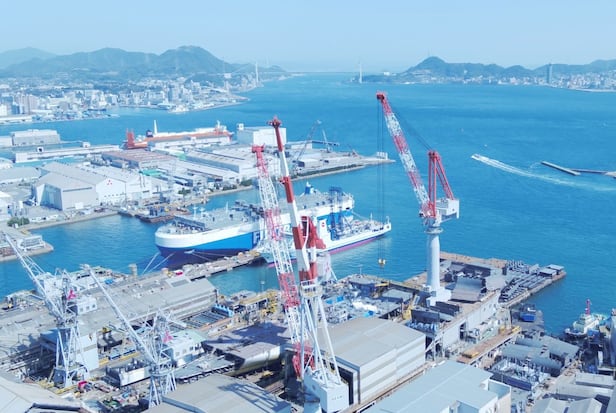
The Japanese government aims to double the shipbuilding capacity of Japan by 2030, targeting a global market share of 20% in shipbuilding. According to Clarkson Research, Japan's market share of new ship orders was just 7% last year, falling far behind China (71%) and Korea (17%). The Liberal Democratic Party estimates that approximately 1 trillion yen (about 9.45 trillion won) will be necessary from both public and private sectors.
Top Japanese shipbuilding corporations are attempting to merge and grow in size. The number one shipbuilding corporation in Japan, Imabari Shipbuilding, is pursuing plans to acquire additional equity in the second-ranked Japan Marine United (JMU) to make it a subsidiary. Imabari Shipbuilding plans to purchase additional shares from JMU's largest existing shareholder to increase its stake from the current 30% to 60% to establish dominance. If the acquisition is completed, Imabari Shipbuilding is expected to move up from sixth to fourth place in global shipbuilding rankings, surpassing Hanwha Ocean.
There is an analysis suggesting that the intention behind this equity acquisition is for the two companies to combine strengths and compensate for weaknesses, thereby enhancing competitiveness against Korean and Chinese rivals. Imabari Shipbuilding primarily focuses on commercial vessels, while JMU excels in the navy sector. The Nihon Keizai Shimbun reported, "If Imabari manages the two companies as a single entity, they will be better equipped to respond to the diverse demands in the shipbuilding institutional sector."
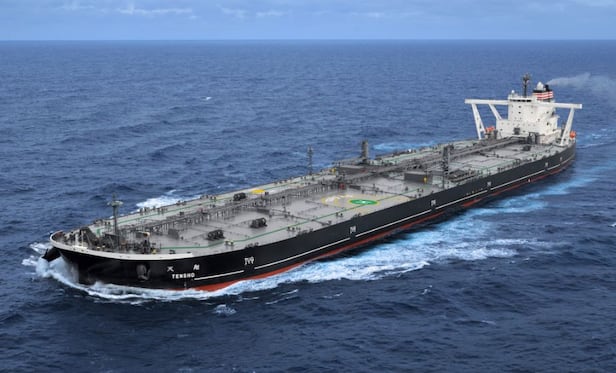
In the shipbuilding industry, there are forecasts that Japan's operational strategy to revive the shipbuilding sector will have minimal impact on the domestic shipbuilding industry since Japan currently lags behind in nearly all aspects such as construction volume, technological capability, primary ship types, and order sizes. According to Clarkson Research, half of Japan's order backlog consists of low-revenue bulk carriers, contrasting with domestic shipbuilders, who have filled half of their order backlog with high-value-added ships like liquefied natural gas (LNG) carriers.
Japan also has the lowest shipbuilding utilization rate per yard. According to a report titled "Asian Shipbuilding Renaissance" published by Netherlands' ING SINK in December last year, Japan's order count per yard (in terms of vessel numbers) was at 13.3, lower than Korea (70.9) and China (21.3).
In the shipbuilding industry, interpretations suggest that Japan's announcement of a large-scale shipbuilding revival plan is a preparatory measure for collaboration with the United States. Japan is leveraging support for the reconstruction of the U.S. shipbuilding industry as a negotiating card against import tariff pressures from the Donald Trump administration. It is expected that Korea and Japan will compete in the U.S. naval vessel construction and MRO market.



